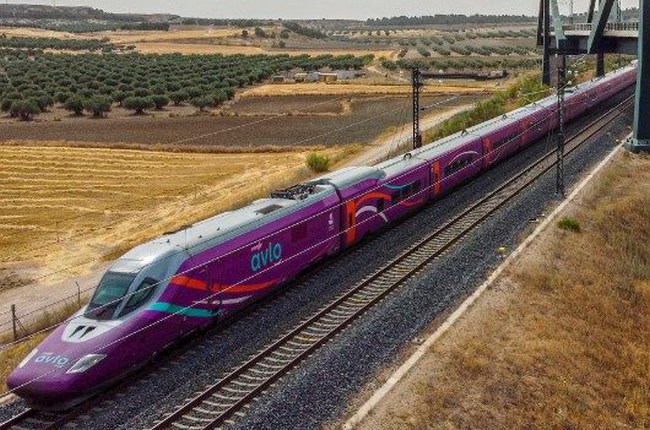
A few weeks ago, Renfe withdrew its Avlo low-cost high-speed trains from the Madrid-Barcelona route. The Spanish national railway company immediately replaced these departures with classic AVE high-speed trains, whose more expensive tickets offer greater flexibility and services, as well as greater comfort in line with the expectations of business customers. This offer is similar to that of the Inoui TGVs in Spain, but now only holds around 46% of the market due to the arrival on this market of Ouigo in March 2021 andIryo in December 2022, Spain having been a forerunner in opening up its market to competition.
A route where Renfe held almost 60% of the market
This decision will reshuffle the cards between the three operators present on the Madrid-Barcelona route, the busiest in Spain with 15 million passengers a year and a market share of 85% in favour of the train. While Avlo had a market share of 12%, passengers looking for low fares should turn a little more to Ouigo, which already has 16% of the market, and even to Iryo, the Trenitalia subsidiary, which has 24%. This should turn the accounts of SNCF's Spanish subsidiary, which has posted cumulative losses of €150 million in four years, into the black.
The decision to withdraw the train from service is both financial and technological. Renfe took this decision following the damage and defects, particularly to the bogies, of the five Avril trains received from the Spanish manufacturer Talgo since May 2024. Representing an investment of 1.4 billion euros, these larger trains, with their 581 seats, had been specially designed for the Avlo brand, in particular to resist the offensive of Ouigo Spain on Renfe's most lucrative route. After repairs by Talgo, these Avlo trains are due to resume service on Renfe's other low-cost routes in Spain.






















